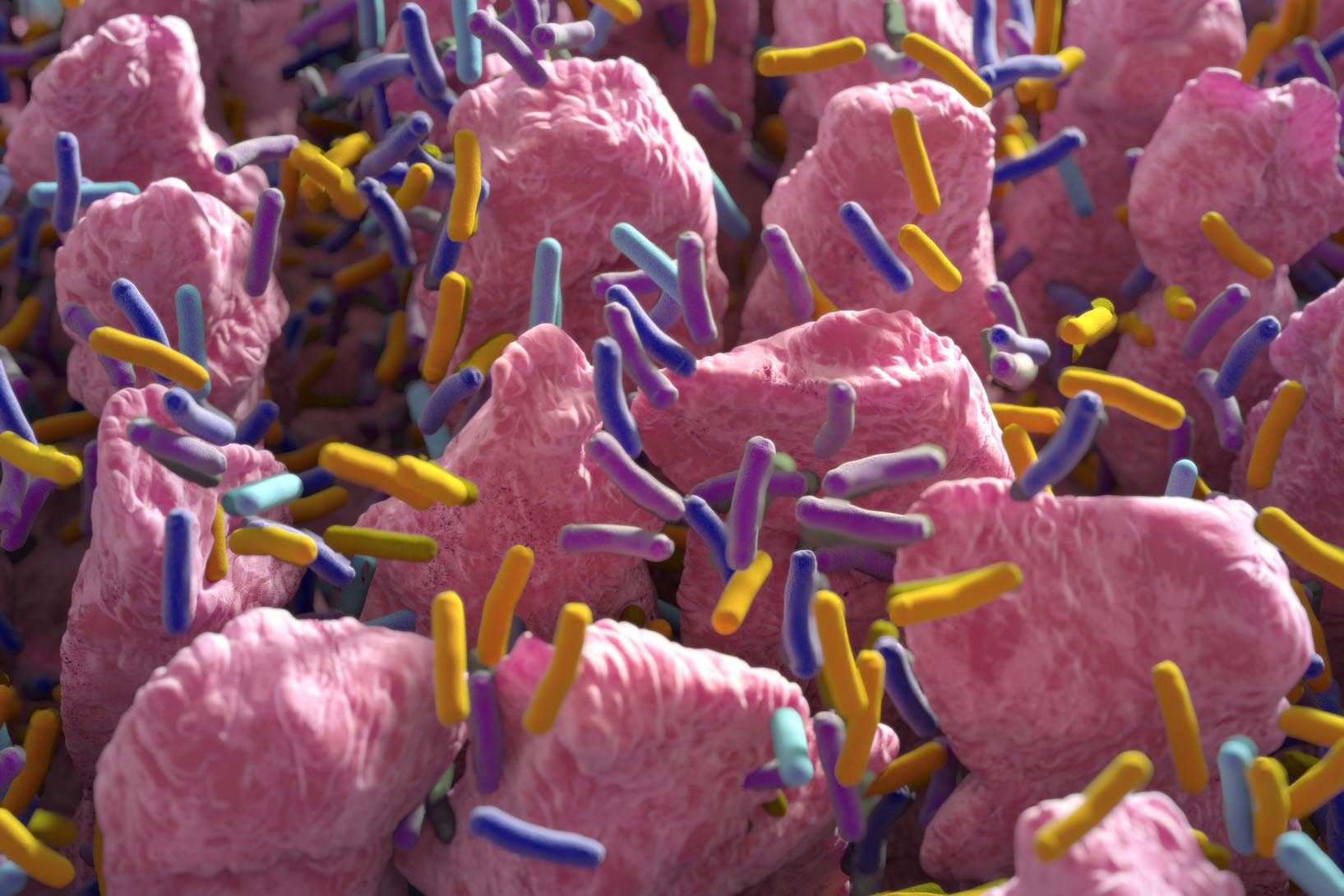-
What is already known on this topic
Beneficial gut microbes modulate our immunity without causing disease. Yet how these microbes communicate with the immune system remains poorly understood. -
What this research adds
Some filamentous bacteria use a hook-like structure to latch onto intestinal cells and release vesicles packed with molecules that may prevent the immune system from attacking the microbes. -
Conclusions
The findings reveal a new form of host-microbe communication in which microbial proteins are directly transferred inside host cells. Unraveling such mechanism of interaction could help to understand how the immune system distinguishes beneficial bacteria from pathogens.
Some gut-dwelling bacteria use a hook-like structure to latch onto intestinal cells and release vesicles packed with molecules that may prevent the immune system from attacking the microbes. That’s according to a mice study led by Mark Ladinsky at the California Institute of Technology in Pasadena and Leandro Araujo at Columbia University in New York. The results, which were published in Science, reveal a new form of host-microbe communication.
Scientists have long known that commensal microbes modulate our immunity without causing disease. Yet how these microbes communicate with the immune system has remained poorly understood. So the researchers set out to study how a group of gut microbes called segmented filamentous bacteria interacted with the cells that form the lining of the gut.
Hooking up
Using electron microscopy, the team obtained three-dimensional images of more than 200 filamentous bacteria and discovered that the microbes attach to the gut lining through a hook-like appendage. At the tip of this appendage, the researchers spotted several small vesicles, which were released into the mouse intestinal cells.
A chemical analysis of the content of the vesicles showed that they contain bacterial proteins called antigens, which immune cells use to recognize foreign substances. However, although the filamentous bacteria’s antigens contributed to activate some immune cells, they didn’t induce an immune response in the body.
A direct line to gut cells
The team also looked at how other bacteria, including harmful microbes such as Citrobacter rodentium and a pathogenic strain of Escherichia coli, interacted with the gut lining. None of these bacteria engaged with mouse intestinal cells like filamentous bacteria did, which suggests that filamentous bacteria have a unique way of communicating directly with the gut lining.
The findings could help to understand how the immune system distinguishes beneficial bacteria from pathogens, but more work is needed to find out how the filamentous bacteria’s antigens are presented to the immune system and how they may prevent immune cells from attacking the microbes.











